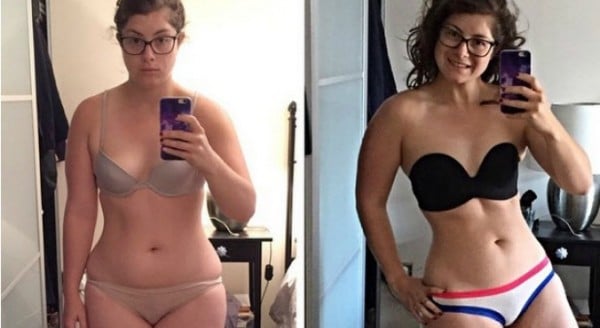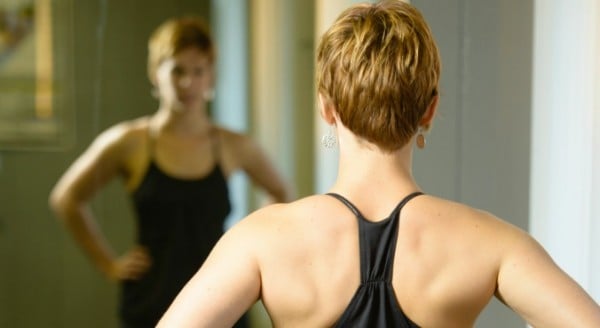
Image: Sophie Kay/Fitology
It’s a rare feat these days to scroll through Facebook without seeing a before-and-after weight loss photo beaming back at you.
You know the ones — on the left, there’s a young man or woman standing in their bathroom in swimmers, staring solemnly down the lens; on the right, that same person is 5kg lighter and striking a confident pose.
RELATED: A piece of string can tell you if your weight is putting your health in danger.
It’s hard not to buy into the hype these photos create; they make weight loss look achievable and even easy. However, it’s becoming increasingly clear many of these before-and-after photos are a straight-up lie.

